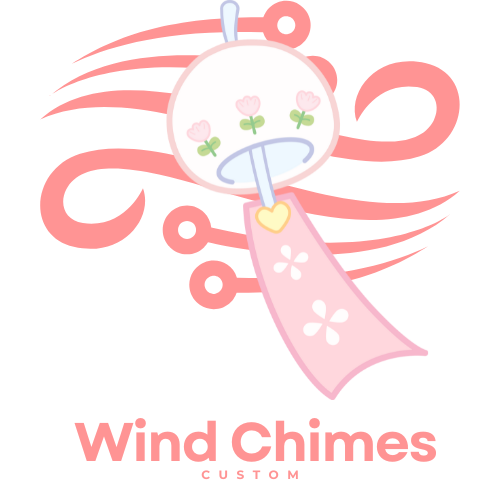A Thorough Guide to Heavy-Duty Wind Chime Stands: Installation and Insights
Comparing Durability Across Materials
When it comes to choosing wind chime stands, durability is a key factor that influences their longevity and performance. The most common materials used for heavy-duty stands include stainless steel, aluminum, and wrought iron.
Stainless steel is renowned for its resistance to corrosion and rust, making it an excellent choice for regions with high humidity or frequent rain. Its strength ensures that it can withstand strong winds without bending or breaking.
Aluminum stands are lighter yet very resilient. They possess inherent resistance to the elements, although they may not be quite as durable as stainless steel under extreme conditions. Though, they offer versatility in design and are frequently enough less expensive.
Wrought iron is celebrated for its robustness; though, it requires regular maintainance to prevent rust formation in damp environments. When properly cared for—a process that involves applying protective coatings—it can last many years.
Sound Characteristics of Various Materials
The acoustic properties of wind chimes heavily depend on the material of the stand as much as on the chimes themselves. As a notable example:
- Stainless Steel: Produces a luminous tone known for its clear resonance and melodic sound.
- Aluminum: Offers a gentle tinkling sound with softer overtones compared to other metals.
- Wrought Iron: While primarily offering strength support, wrought iron’s density imparts a deeper tone which might resonate longer but can sometimes come off as muted compared to lighter materials.
Choosing among these materials not only affects durability but also substantially shapes your auditory experiance when the wind chimes sing.
Maintenance Suggestions Tailored by Material Type
Proper upkeep helps extend the life of your heavy-duty wind chime stand while maintaining its aesthetic appeal:
Stainless Steel Care
- Regularly wipe down with a soft cloth drenched in mild soap water.
- For stubborn stains or scratches, use specialized stainless steel cleaners available in home advancement stores.
Aluminum Maintenance
- Clean using gentle soap solutions; avoid harsh chemicals which may damage finishes.
- Inspect periodically for dents or warping from extreme weather changes.
Wrought iron Upkeep
- Check regularly for any signs of rust; promptly sand down affected areas before repainting with outdoor metal paint designed specifically against rusting.
- Apply protective sealants every few years if exposed regularly outside—this will help maintain both appearance and functionality over time.
Taking these steps ensures that your heavy-duty wind chime stand looks great while performing effectively through changing seasons.
By carefully considering material choices regarding durability and sounds produced by various types of wind chime stands—as well as adhering diligently to maintenance tips—users can ensure they select an optimal product conducive not just aesthetically but functionally too!

